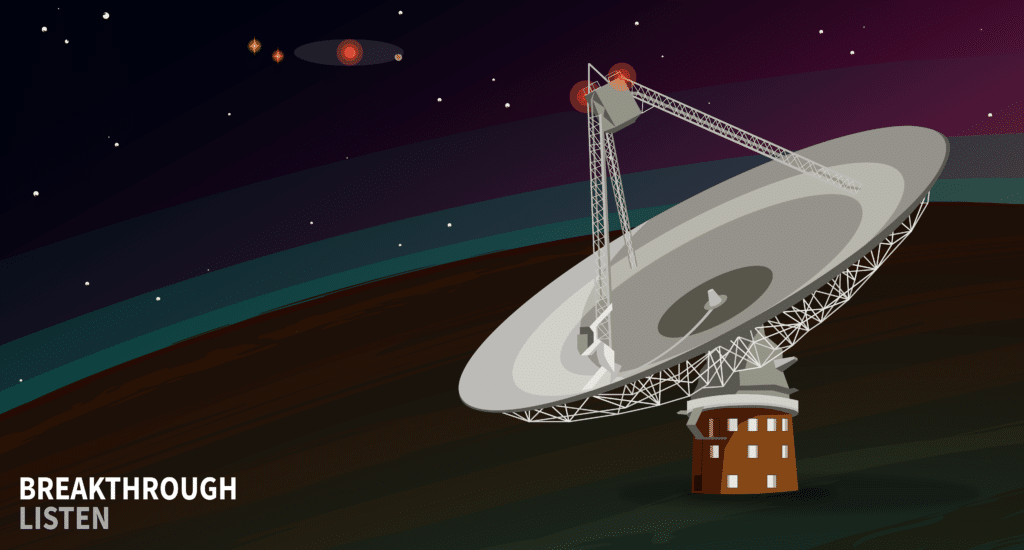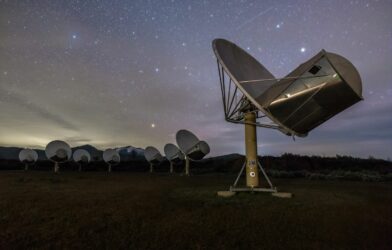Scientists want to make sure that when E.T. phones home, he’s getting through. In an exciting leap forward for the search for extraterrestrial intelligence (SETI), researchers have introduced a revolutionary technique to discern genuine radio signals from alien civilizations in our galaxy, aiming to differentiate them from Earth-based interferences.
This innovation comes from researchers at the University of California, Berkeley’s Breakthrough Listen project and offers a significant boost to the credibility of any future detection of extraterrestrial life.
SETI’s journey began in 1960, and since then, the search has predominantly relied on Earth-based radio telescopes. However, this method has its pitfalls, as terrestrial or satellite-based interferences – from gadgets like cellphones and microwaves to satellites and car engines – can mimic potential technosignatures from another civilization, often leading to false alarms.
According to Andrew Siemion, director of the Berkeley SETI Research Center and principal investigator for Breakthrough Listen, the current method to verify such signals involves readjusting the telescope’s focus multiple times.
“I think it’s one of the biggest advances in radio SETI in a long time,” says Siemion in a media release. “It’s the first time where we have a technique that, if we just have one signal, potentially could allow us to intrinsically differentiate it from radio frequency interference. That’s pretty amazing, because if you consider something like the Wow! signal, these are often a one-off.”

This new method essentially checks if the signal has journeyed through interstellar space, confirming it’s not just a mere interference from Earth.
While extraterrestrial signals haven’t been definitively identified, narrowband radio signals, akin to a clear FM station, are considered the potential signature of advanced civilizations. Earth-based signals, with their numerous sources, create a cluttered background, making it a challenge to identify genuine signals from space. The new technique exploits the interstellar medium’s (ISM) effect on such signals. As signals traverse the ISM, they exhibit a certain “twinkle” or scintillation due to interference with cold plasma.
Building on this understanding, Bryan Brzycki, a UC Berkeley graduate student, crafted a computer algorithm to analyze the scintillation patterns of narrowband signals, effectively identifying those that have journeyed through the ISM.
“This implies that we could use a suitably tuned pipeline to unambiguously identify artificial emission from distant sources vis-a-vis terrestrial interference,” says Imke de Pater, UC Berkeley professor emeritus of astronomy. “Further, even if we didn’t use this technique to find a signal, this technique could, in certain cases, confirm a signal originating from a distant source, rather than locally. This work represents the first new method of signal confirmation beyond the spatial reobservation filter in the history of radio SETI.”
However, there’s a limitation: the method is effective only for signals originating beyond 10,000 light-years, as they must traverse enough ISM to exhibit noticeable scintillation.
The study was published in the journal The Astrophysical Journal.












